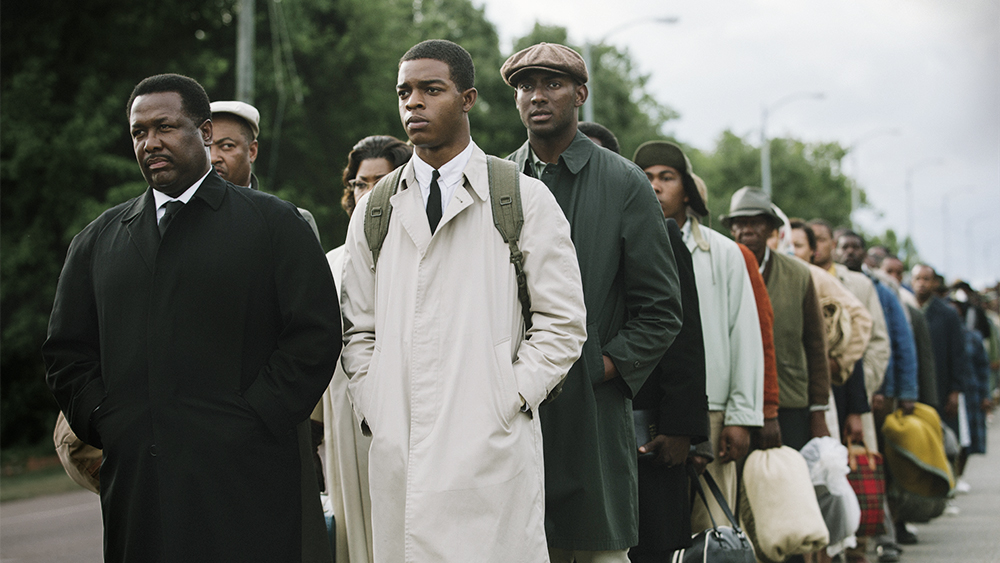Costume Designer Ruth E. Carter Reflects on Black History Month and the Cultural Tradition of Storytelling
By Ruth E. Carter
LOS ANGELES (Variety.com) – Black History Month is a sacred time for me as a filmmaker as I reflect on those who walked the hard road so ours could be easier. I find inspiration in their journey, which reignites my passion to carry on sacred storytelling traditions and continue to show the world the incredible contributions of the black Americans who came before us. As a young person, during I would come alive, finding identity and representation in the process of connecting with culture and history. I was drawn to the stories that described our lives, and the words of Sonia Sanchez, Nikki Giovanni, James Baldwin and so many others were imprinted on my heart. I knew I was an artist. With an unwavering belief in myself from my mentors, I found costume design, and not only did it fulfill my desire to be an artist, it also nurtured my passion for storytelling.
When we designed “Black Panther,” people would ask me how it felt to design a superhero. Over my career, between the replication of the march over the Edmund Pettus Bridge in “Selma,” bringing “Malcolm X” to life, and telling the story of the Amistad and the brave men who fought for their freedom, I have had the honor of designing superheroes. That passion for absorbing the stories of black history put me on this path to collaborate with other storytellers who are also passionate about sharing black history.
Dating back to ancient times, black history and culture has been passed on through generations by gathering together and sharing in the oral traditions of storytelling, poetry and music. In African culture, the person who is the repository of stories is known as the griot. They are the keeper of stories, tales and traditions. As African American filmmakers, we are a modern-day version of a griot, and our representation as behind the scenes is so important to audiences and to us because our very ability to tell stories is a core pillar of black culture connected deep within our souls.
Take director and cinematographer Ernest Dickerson’s ability to light black skin; Bradford Young’s cinematic genius crafting story through the lens; ’s voice as a director to make us feel the truth; production designer Hannah Beachler’s ability to imagine up a world we all want to live in; Ryan Coogler’s dedication to infusing beauty and brilliance into the stories of African American people. Spike Lee’s passion to uplift the race. The power of our presence behind the screen is what brings a full perspective to the power of our presence on-screen, and that representation is vital to the lifeblood of incredible filmmaking and storytelling.
It doesn’t escape me that I took my own place in black history as the first African American to win an for costume design. To make black history, I was held up by black history. Leading up to that moment, all the hard work in crafting a career rich in black stories has brought me great joy and assurance — as I take my place as a modern-day griot.

